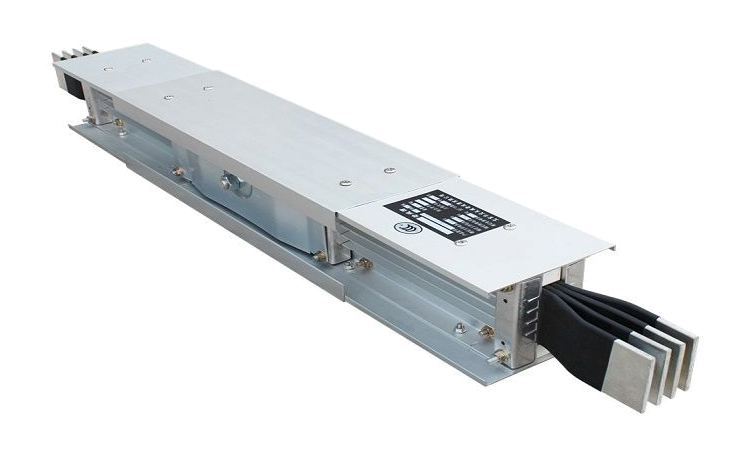Introduction
In the modern world of electrical installations, efficiency, safety, and scalability are paramount. When it comes to distributing electrical power within buildings and industrial settings, two primary methods are widely used: Busbar Trunking Systems and traditional cabling. This article provides a comparative analysis of these two systems, highlighting the advantages and disadvantages of each. For those considering advanced electrical distribution solutions, Busbar Trunking Installation Services offer a reliable and efficient alternative to traditional cabling.
Understanding Busbar Trunking Systems
A Busbar Trunking System is an electrical distribution system that uses busbars enclosed in a protective casing to distribute electricity efficiently. Busbars are metallic strips, typically made of copper or aluminum, that conduct electricity within the system. This method is particularly popular in commercial and industrial settings due to its flexibility and scalability.
Advantages of Busbar Trunking Systems
1. Flexibility and Scalability
One of the significant advantages of Busbar Trunking Systems is their flexibility. They can be easily extended or modified without significant downtime or disruption, making them ideal for growing businesses and evolving industrial setups.
2. Space Efficiency
Busbar trunking requires less space compared to traditional cabling. The compact design allows for more efficient use of space, which is particularly beneficial in high-rise buildings and factories where space is at a premium.
3. Reduced Installation Time
Installing a Busbar Trunking System is generally quicker than laying traditional cables. This is because busbars are pre-fabricated and modular, reducing the need for extensive on-site work.
4. Enhanced Safety
Busbar systems are designed with safety in mind. The enclosed nature of the busbars reduces the risk of electrical faults, short circuits, and fire hazards. They also have higher mechanical strength and can withstand harsh environmental conditions.
5. Lower Maintenance Costs
Maintenance is easier and less frequent with busbar trunking. The system’s design minimizes the need for routine checks and repairs, resulting in lower long-term maintenance costs.
Understanding Traditional Cabling
Traditional cabling involves running multiple electrical cables through conduits or raceways to distribute power. This method has been the standard for many years and is widely used in various types of buildings and installations.
Advantages of Traditional Cabling
1. Familiarity and Accessibility
Traditional cabling is a well-known method, and most electricians are familiar with its installation and maintenance. This widespread knowledge makes it an accessible option for many projects.
2. Initial Cost
The initial cost of installing traditional cabling can be lower than that of a Busbar Trunking System. Materials such as cables and conduits are generally less expensive than busbars and their associated components.
3. Versatility
Traditional cabling can be used in a wide range of applications, from small residential projects to large industrial installations. Its versatility makes it a go-to choice for many electrical installations.
Comparative Analysis
To make an informed decision between Busbar Trunking Systems and traditional cabling, it is essential to compare them across various parameters:
1. Installation and Setup
- Busbar Trunking Systems: These systems are modular and pre-fabricated, making installation quicker and more straightforward. They require less on-site labor and can be easily expanded or modified.
- Traditional Cabling: Installation can be labor-intensive and time-consuming, especially for complex setups. Each cable must be individually run and terminated, which can increase the time and cost of installation.
2. Space Utilization
- Busbar Trunking Systems: Require less space due to their compact design. They are ideal for environments where space is limited.
- Traditional Cabling: Can take up significant space, particularly in high-capacity installations where multiple cables are required. This can lead to cluttered and less efficient use of space.
3. Safety and Reliability
- Busbar Trunking Systems: Offer enhanced safety features, including enclosed busbars that reduce the risk of electrical faults and fires. They are also more durable and can withstand harsh conditions.
- Traditional Cabling: While generally safe, traditional cabling systems can be more prone to damage and faults. The risk of short circuits and fire hazards can be higher if cables are not installed and maintained correctly.
4. Maintenance and Longevity
- Busbar Trunking Systems: Require less maintenance due to their robust design. The modular nature of the system makes it easier to inspect and repair if needed.
- Traditional Cabling: Maintenance can be more frequent and labor-intensive. Finding faults and repairing cables can be challenging and time-consuming.
5. Cost Efficiency
- Busbar Trunking Systems: While the initial installation cost can be higher, the long-term savings in maintenance and operational efficiency can make busbar systems more cost-effective over time.
- Traditional Cabling: Initial costs are generally lower, but long-term maintenance and potential downtime can increase the overall expenditure.
Conclusion
Choosing between Busbar Trunking Systems and traditional cabling depends on various factors, including the specific requirements of the project, budget constraints, and future scalability needs. Busbar Trunking Systems offer numerous advantages in terms of flexibility, space efficiency, safety, and long-term cost savings, making them a superior choice for many modern electrical installations. On the other hand, traditional cabling remains a versatile and familiar option that may be suitable for smaller or less complex projects.
For those looking to invest in advanced electrical distribution solutions, Busbar Trunking Installation Services provide expert guidance and high-quality systems tailored to meet diverse needs. By understanding the benefits and limitations of each method, you can make an informed decision that ensures the efficiency, safety, and longevity of your electrical installations.

